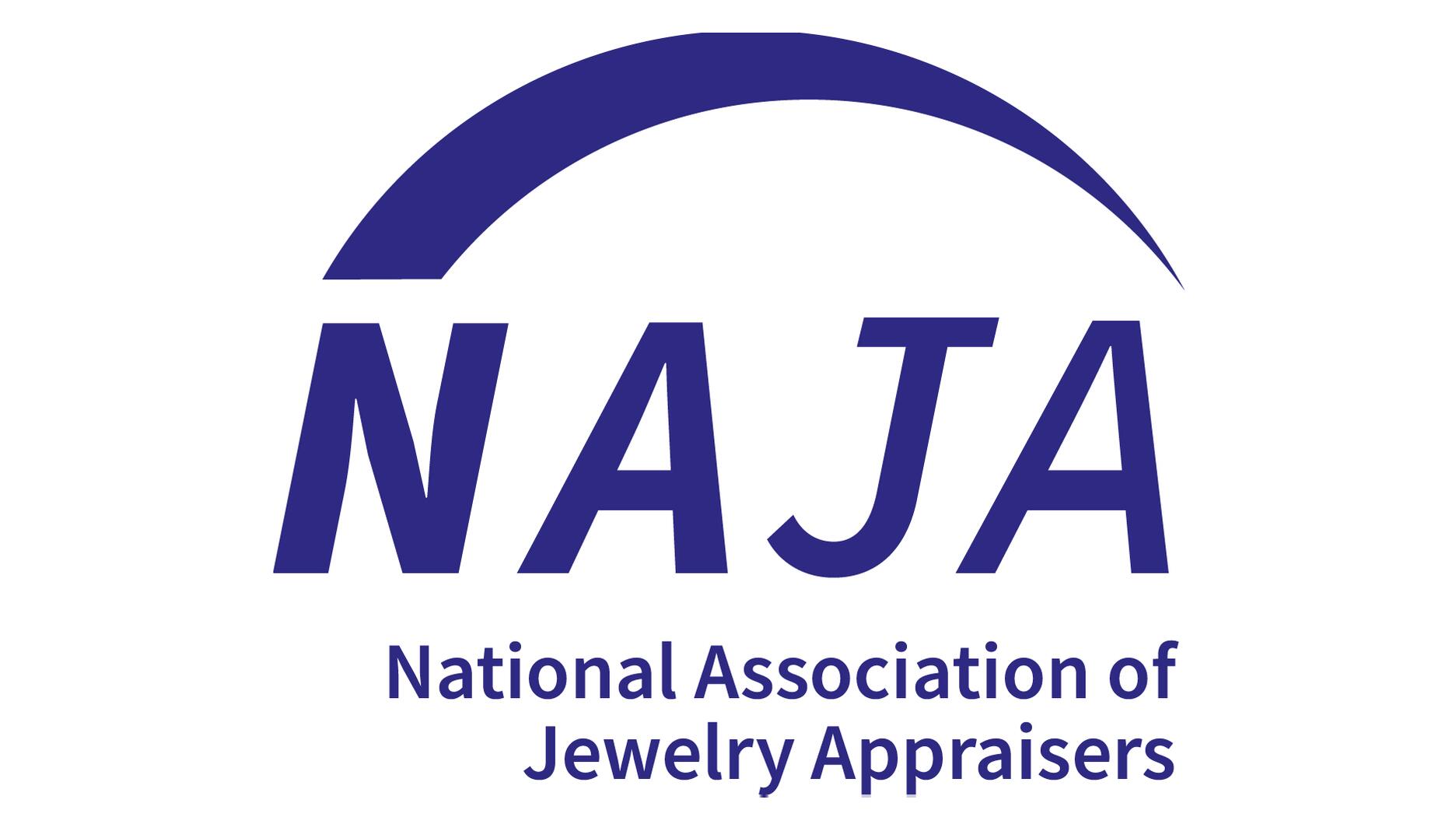It purchased the “Grosse Pièce,” an ultra-complicated Audemars Piguet pocket watch from the ‘20s, for a record-breaking price at Sotheby’s.
Indian traders stop short of banning rough imports
India’s top diamond exporters said no to temporarily stemming the flow of rough into the country but have outlined a number of other measures the trade there will take to deal with oversupply and lagging demand worldwide.
Mumbai--Members of the Indian diamond industry came close Tuesday to doing something they have not done since the advent of the financial crisis in 2008: banning rough diamond imports.
In the end, though, the approximately 250 diamond exporters who gathered in Mumbai opted to go into what Gem & Jewellery Export Promotion Council (GJEPC) Chairman Vipul Shah described as “self-discipline mode” for the time being and adopt a number of measures to help the Indian diamond industry deal with the problems plaguing it.
They are: an oversupply of diamonds, decreased profitability, lack of bank financing and decreased demand for diamond jewelry worldwide, which many consider to be the issue at the core of the industry’s problems.
“Ultimately, it’s sales,” said Ronnie Vanderlinden, president of both New York diamond company Diamex Inc. and the Diamond Manufacturers & Importers Association of America. “Polished (diamond) sales are weak. Nobody wants to take more rough at the elevated prices.”
This is particularly true of many diamond manufacturers today, as they find themselves squeezed in the middle.
Rough prices have continued to increase in recent years even as polished prices have sunk and demand for diamond jewelry has slowed worldwide. Retailers, who also are faced with shrinking margins, want to pay less for polished stones so they can compete while the producers continue to charge more.
Exacerbating the situation in India are the stockpiles of diamonds many Indian companies accumulated when the economy began to recover and banks there were lending freely.
Now with retail sales around the world, including in the United States, slowing and lending tightening, Indian companies find themselves stuck with diamonds they can’t move and little desire to add to their stockpiles.
On Tuesday, among the list of measures noted by the GJEPC was partnering with diamond mining companies and other segments of the industry to promote diamond jewelry, an idea that works for Prakash Mehta, head of New York-based jewelry manufacturer Interings and president of the Indian Diamond & Colorstone Association.
When asked on Monday about the vote, Mehta said he didn’t think that banning rough imports into India for a short period of time would have much effect, noting that “so many things have to be done.”
To begin with, he said the industry needs to do more to increase sales for retailers, and to divert millennials’ attention from electronic gadgets to jewelry.
He said
The world’s No. 1 diamond producer in value terms, De Beers, recognizes as much.
The diamond miner has come under fire recently for charging too much for rough diamonds and not doing enough for its manufacturer customers that find themselves squeezed in the middle.
Over the weekend, in fact, an anonymous sender calling himself “just a simple sightholder” circulated an email to a long list of diamond companies. The email, which also was forwarded to National Jeweler and is posted online, called for sightholders at De Beers sight scheduled for next week to reject boxes that yield less than 10 percent profit.
“I say, let them (De Beers) deal with $300, $400, $500 million (in goods) that are not taken,” the email reads. “I want to see how they survive.”
In reaction, De Beers’s David Johnson said that the diamond miner does recognize the challenges facing many manufacturers and will be giving sightholders the option to defer--put off for a later date--an additional 25 percent of their allocation at next week’s sight, something the diamond miner did earlier this year as well.
In addition, he said De Beers has undertaken a number of activities intended to stimulate demand for diamond jewelry, including Forevermark, bringing back “A Diamond is Forever,” and joining and helping to form the Diamond Producers Association.
While the DPA’s starting budget of $6 million a year pales in comparison to what De Beers used to spend on generic diamond marketing in the original A Diamond is Forever days, Johnson said the DPA does intend to conduct consumer research to understand how to reach millennial consumers and, in turn, how to focus marketing programs, whether they are led by the DPA or individual businesses.
“It’s the sort of thing that could grow,” Johnson said of the DPA.
The Latest

Chandler got his start at Michelson Jewelers and has served as DCA president and CEO since 2001. He will retire at the end of the month.

Sponsored by Digital Monitoring Products

How Jewelers of America’s 20 Under 40 are leading to ensure a brighter future for the jewelry industry.

The boutique is slated to open this week inside Terminal 8, offering pre-owned Rolex watches and more to international travelers.


The lab-grown diamond grower now offers custom engagement and fashion jewelry through its Kira Custom Lab Jewelry service.

The special-edition egg pendant ingested in a New Zealand jewelry store was recovered after a six-day wait.

Roseco’s 704-page catalog showcases new lab-grown diamonds, findings, tools & more—available in print or interactive digital editions.

Associate Editor Natalie Francisco plays favorites with Piece of the Week, selecting a standout piece of jewelry from each month of 2025.

The “Love and Desire” campaign is inspired by the magic that follows when one’s heart leads the way, said the brand.

Two awardees will receive free tuition for an educational course at the Swiss lab, with flights and lodging included.

Berta de Pablos-Barbier will replace Alexander Lacik at the start of January, two months earlier than expected.

Sotheby’s held its first two jewelry sales at the Breuer building last week, and they totaled nearly $44 million.

Winners will receive free registration and lodging for its fourth annual event in Detroit.

Here are six ideas for making more engaging content for Instagram Reels and TikTok, courtesy of Duvall O’Steen and Jen Cullen Williams.

The honorees include a notable jewelry brand, an industry veteran, and an independent retailer.

Carlos Jose Hernandez and Joshua Zuazo were sentenced to life without the possibility of parole in the 2024 murder of Hussein “Sam” Murray.

Yood will serve alongside Eduard Stefanescu, the sustainability manager for C.Hafner, a precious metals refiner in Germany.

The New Orleans jeweler is also hosting pop-up jewelry boutiques in New York City and Dallas.

Set in a Tiffany & Co. necklace, it sold for $4.2 million, the highest price and price per carat paid for a Paraíba tourmaline at auction.

The jeweler’s “Deep Freeze” display showcases its iconic jewelry designs frozen in a vintage icebox.

Take luxury gifting to new heights this holiday season with the jeweler’s showstopping 12-carat sphene ring.

This year's theme is “Unveiling the Depths of the Ocean.”

In its annual report, Pinterest noted an increase in searches for brooches, heirloom jewelry, and ‘80s luxury.

Starting Jan. 1, customers can request the service for opal, peridot, and demantoid garnet.

The 111-year-old retailer celebrated the opening of its new location in Salem, New Hampshire, which is its third store in the state.

The new catalog features its most popular chains as well as new styles.


























